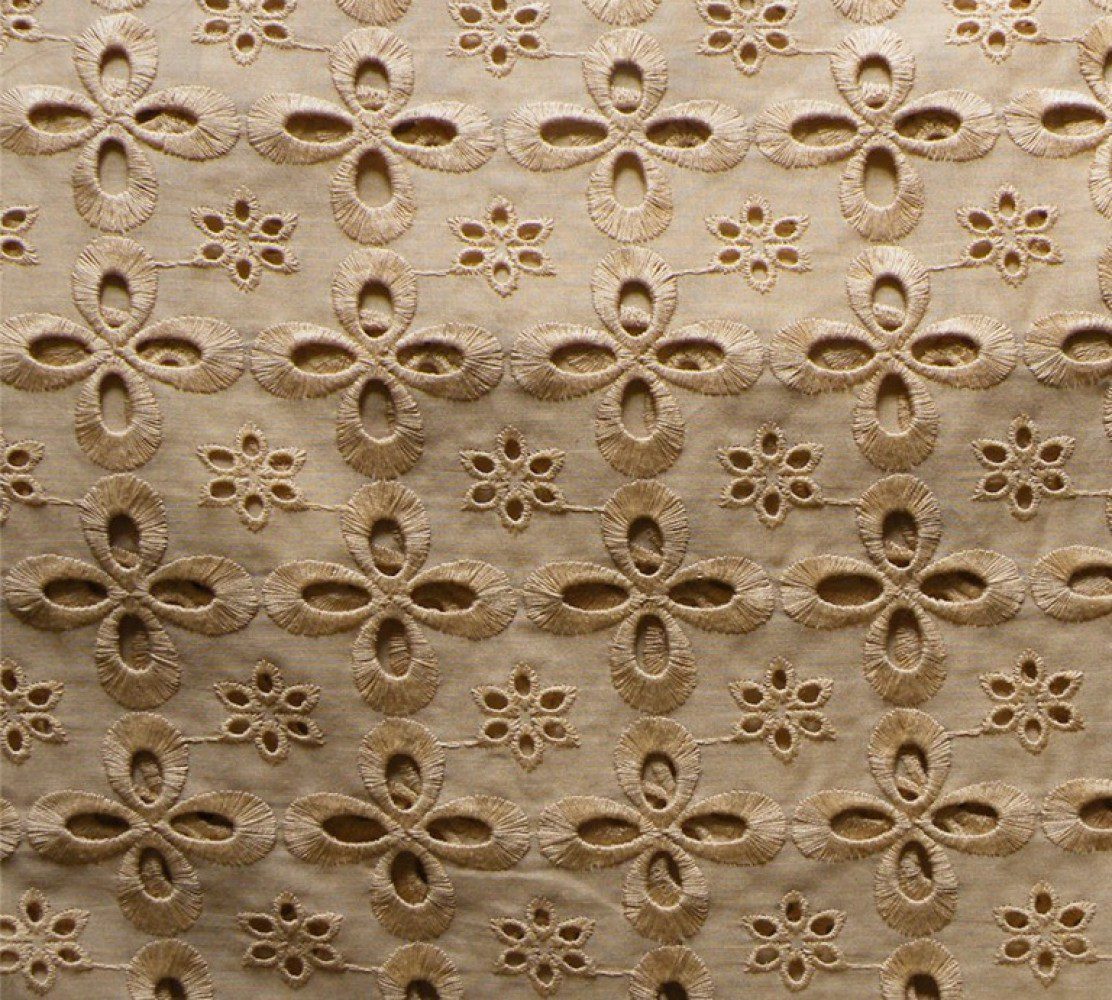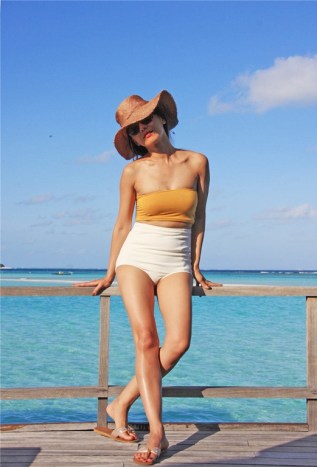OK, one last make for the holiday. This time it’s a restyle job. And it was an eleventh hour job. I was still up at 7am the day we flew out trying to finish it. So sewing quality is quite iffy. And fit can be improved a bit in the back, as usual. But I’m fairly happy with the design overall.
Without further ado, I present….
Before: Tarty
This was a convertible dress from Victoria’s Secret. And as I’ve written recently, I’ve gone off convertibles because they’re quite fussy to wear with high risk of wardrobe malfunctioning.
This one I find especially tarty because of the ruching on the skirt CB. I don’t have curve down there and normally I’d appreciate a bit of shapely illusion. But this is way too much attention.
But I loved the fabric. It’s gold, but not a brash metallic. And it’s so soft and drapy. I especially loved how a cowl neck styling look in this fabric. I’ve tried to find more fabric like this and bought some duds on the way.
So I took this dress apart and tried to make something more classy out of it.
After: Classy & Glam (I hope)
Au natural…
 …Or worn with hem turned up and held in place by elastic waistband threaded through the hem.
…Or worn with hem turned up and held in place by elastic waistband threaded through the hem.
…Or a shallower cowl neck by ruching both shoulder with broaches.
It obviously can’t be worn as a dress by itself, what with the side slits. But I do still have the skirt portion of the original dress left. I might make that into a more modest pencil skirt to wear under this. Then it might look like a dress too.
As it is, I was thinking more of the Pakistani kameez, or Vietnamese ao dai as inspiration. I love how those combination of tunic and pants look in soft drapy fabric.
The Making
Originally I was going to use McCall 6078 sleeveless cowl neck T-shirt pattern again. But as my fabric pieces are reclaimed, they weren’t wide enough for the front pattern piece. So, necessity being the mother of invention, I played around with draping the fabric on Big Bertha. I was sure there was enough fabric. I just need to figure out how the fabric need to be positioned.
This is what I ended up with:


 The front is one piece of fabric split into top cowl portion draped on the crosswise grain, and the bottom on the usual lengthwise grain. The back and side panels are from the second piece of fabric draped on the usual lengthwise grain.
The front is one piece of fabric split into top cowl portion draped on the crosswise grain, and the bottom on the usual lengthwise grain. The back and side panels are from the second piece of fabric draped on the usual lengthwise grain.

 To tidy up the pieces, I measured up the draped front bottom, side, and back roughly. Then I modified my tentative knit slopers to match the measurements.
To tidy up the pieces, I measured up the draped front bottom, side, and back roughly. Then I modified my tentative knit slopers to match the measurements.
The cowl piece is marked with pins at strategic places like underbust seam side and CF, shoulder seam, etc. while it’s still draped. I marked only one side and mirror image that on the other side to get the cowl a bit more symmetrical.
Here’s a diagram (not to scale) of roughly what the cowl neck piece is shaped like:
 The cowl neck extend to the CB to form a collar. To some extent you can control how low the cowl neck is by changing the angle of the collar CB seam.
The cowl neck extend to the CB to form a collar. To some extent you can control how low the cowl neck is by changing the angle of the collar CB seam.
To control the drape a bit, I also turn the outer edge of the back collar inside and slip stitch it to the back neck edge.
My cowl was a fair bit low cut. To preserve my modesty and also add more drape – can you ever have enough? – I added a separate rectangular piece inside the main cowl. The top two corners are tacked to the cowl neck edge about two inches below the shoulder seam (neck edge)…
The bottom two edges are attached by thread chains to the underbust seam where it meets the side panels. I’m not sure if the same trick would work on other cowl neck (or even surplice / wrap) tops. But it certainly is worth experimenting with for those that threatens to expose your girls!
So there you have it, from tarty to classy (or Grecian-inspired anyway) in 24 hours. Or maybe 48.
And I would like to thank Big Bertha. I couldn’t have done this without her. Even though she’s getting a bit lumpy. (Me also, but in different places.)















































































